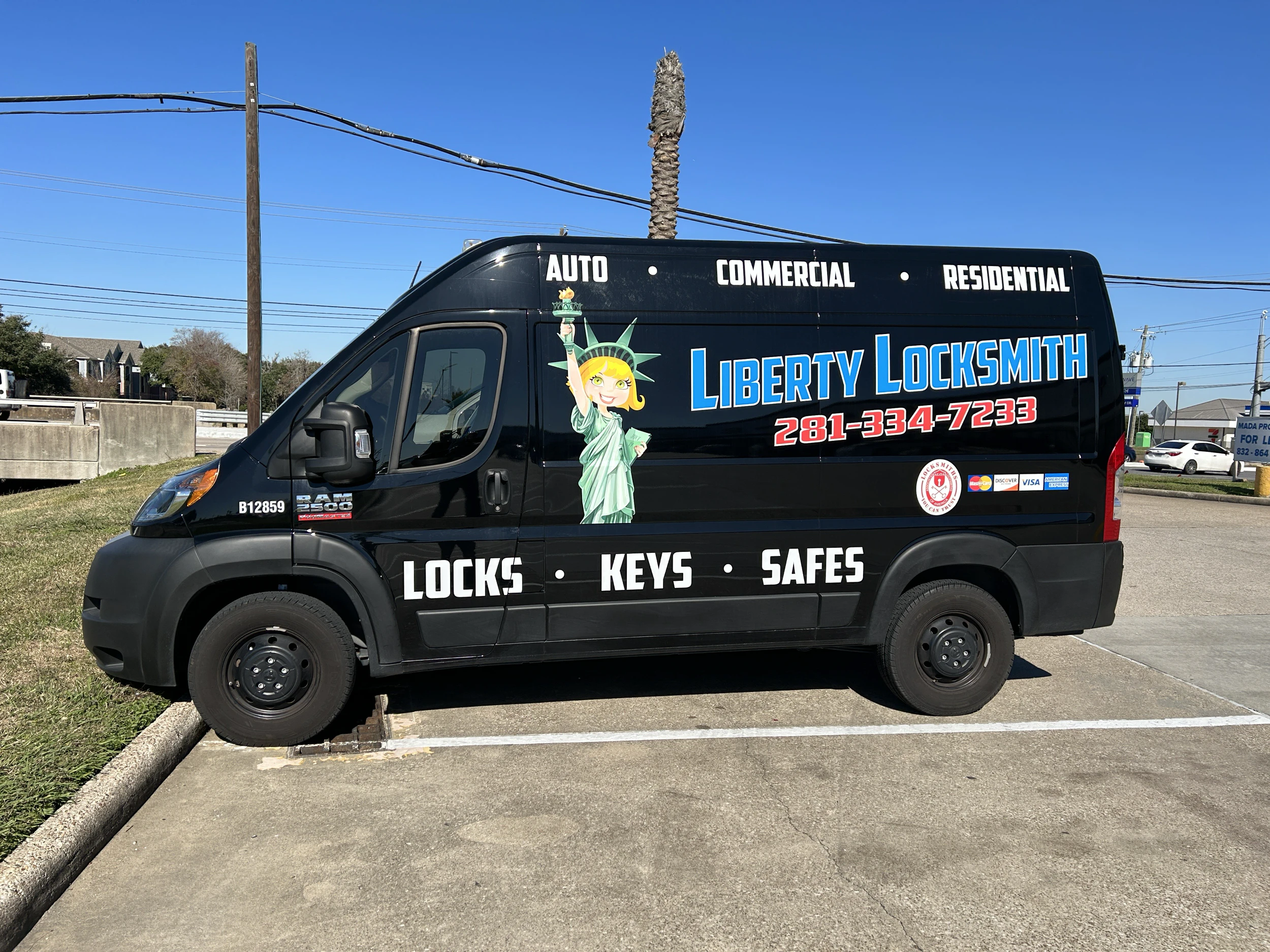Fixing & Opening Safes
Locked out of your safe and need access fast? Our professional safe opening services are here to help. With specialized tools and non-destructive techniques, our skilled technicians can unlock your safe quickly and efficiently, preserving its integrity and security. Whether you’ve misplaced the combination, are dealing with a malfunctioning lock, or have an electronic issue, we have the expertise to handle all types of safes, including gun safes, home safes, and commercial models.
Trust us to provide reliable and discreet service, ensuring you regain access to your valuables without causing damage to your safe.
Liberty Locksmith Safe Types
Our expert safe opening services cover a wide range of safes, from personal home safes to advanced commercial models. Whether your safe uses a traditional mechanical lock, an electronic keypad, or biometric access, our skilled technicians have the tools and expertise to get it open quickly and safely.

Request a Callback
Explore More
Learn More About Our Houston Locksmith & Safe Solutions
Our residential locksmith services include lock installation and repair, rekeying, emergency lockout services & more.
Our commercial services include panic bar installation, rekey locks and new lock installations and door lock repairs.
Auto services include car key replacement, ignition repair, ignition replacement, transponder FOBs and more.






